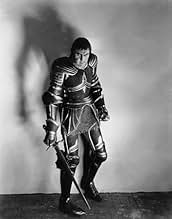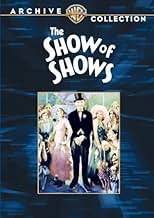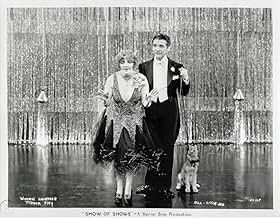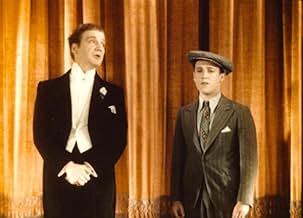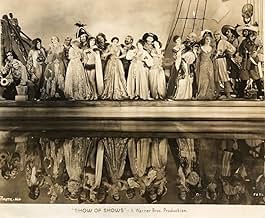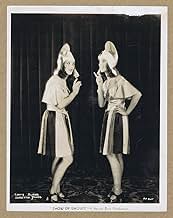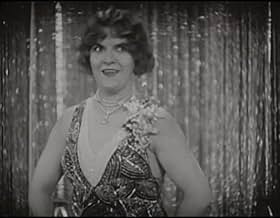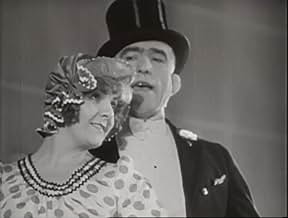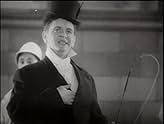In 1929, the studio gave the cinema its voice and offered audiences a chance to hear their favorite actors and actresses from the silent-screen era. For the first time, they can be heard in ... Read allIn 1929, the studio gave the cinema its voice and offered audiences a chance to hear their favorite actors and actresses from the silent-screen era. For the first time, they can be heard in a gaudy, grandiose musical-comedy revue. But also appearing are actors and actresses from ... Read allIn 1929, the studio gave the cinema its voice and offered audiences a chance to hear their favorite actors and actresses from the silent-screen era. For the first time, they can be heard in a gaudy, grandiose musical-comedy revue. But also appearing are actors and actresses from the first 'talkies', stars from Broadway, and, of course, German shepherd Rin-Tin-Tin. Fra... Read all
- Director
- Writers
- Stars
- Awards
- 2 wins total
- Performer in 'Meet My Sister' Number
- (as Mimi Vendrell)
- Joe Burke
- (as Joe Burke)
- Director
- Writers
- All cast & crew
- Production, box office & more at IMDbPro
Featured reviews
The purpose of the all-star revue was to showcase a particular studio's silent stars in speaking roles, and show that they could make the transition. However, Warner Bros. seems to have forgotten this and employs many acts and stars that they didn't even have under long-term contract such as Ben Turpin, Lloyd Hamilton, Beatrice Lillie, and even a marching band. Meanwhile, their biggest talent - Al Jolson - is noticeably absent. Even at a high salary he could not be compelled to join in. Almost every act is overly long and the film plays like a dozen or so Vitaphone shorts strung together with no continuity. The finale is also overly long, but it is really enjoyable with all of its dance numbers.
The highlights of the film are two numbers from Winnie Lightner - "Pingo Pongo" and "Singin in the Bathtub", a couple of numbers with Nick Lucas, John Barrymore performing Shakespeare, and the Chinese Fantasy "Li Po Li" with Nick Lucas and Myrna Loy. This last number is the only part of the film that survives in Technicolor, and it really is quite attractive. Reasonably enough, the players in these good acts were long-term Warner Bros. stars so perhaps the director knew how to play to their strengths since he was familiar with them.
This film acts as a snapshot at an odd point in film history - the year 1929, which was the bridge year between two eras - the silent and sound eras, and the roaring 20's and the Great Depression. Just two years later this same film would have had an entirely different cast, as Warner Bros. would abandon its silent era stars and the stars they hired just to produce the early musicals in favor of those stars that gave Warner Bros. its distinctive urban look and feel - James Cagney, Joan Blondell, Edward G. Robinson, and others.
Did you know
- TriviaAt its New York City premiere at the Winter Garden Theatre, some musical numbers were projected on a larger, wider screen by a system called Magnascope, which had been in occasional use since 1924.
- Quotes
Executioner - Guillotine Sequence: Prologue is Dead! On with the Show of Shows!
- ConnectionsFeatured in The Voice That Thrilled the World (1943)
- How long is Show of Shows?Powered by Alexa
Details
Box office
- Budget
- $850,000 (estimated)
- Runtime2 hours 8 minutes
Contribute to this page


